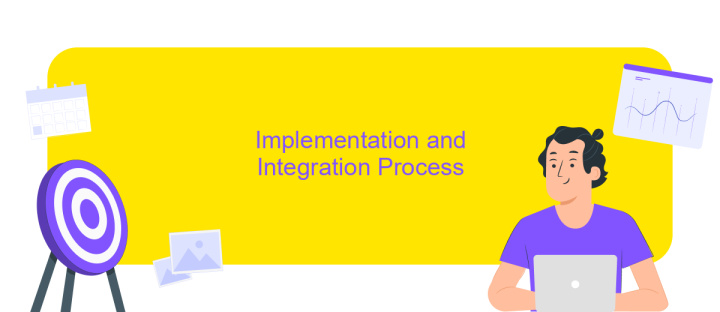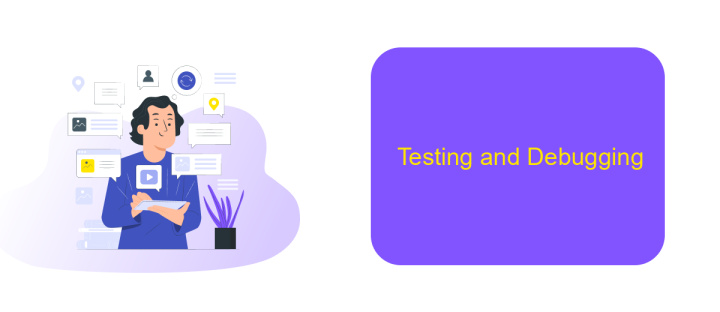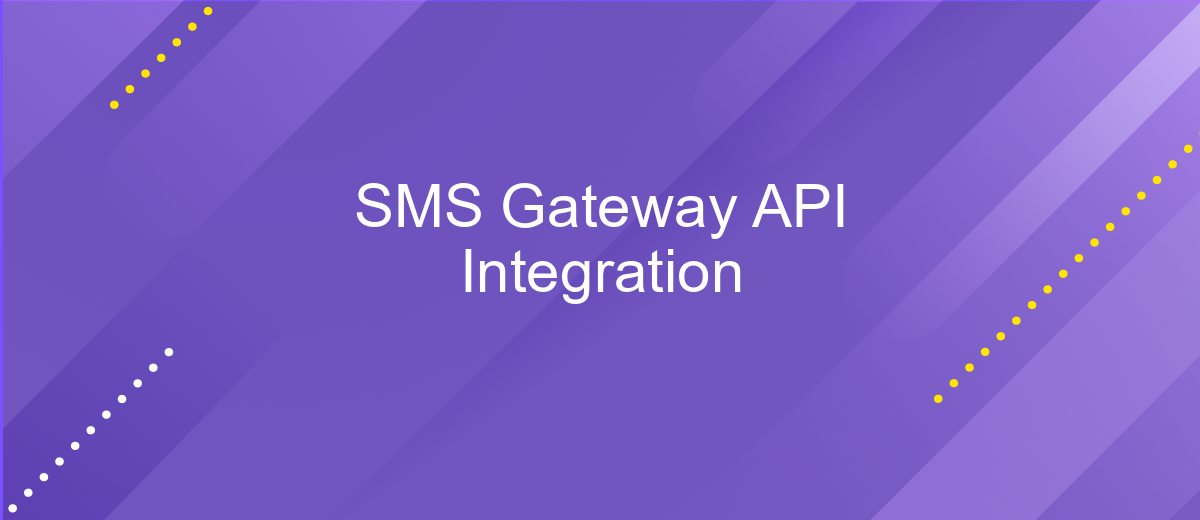SMS Gateway API Integration
In today's fast-paced digital world, effective communication is crucial for businesses striving to stay connected with their customers. SMS Gateway API integration offers a seamless solution for sending and receiving text messages directly from your applications. By incorporating this technology, companies can enhance customer engagement, streamline operations, and ensure timely delivery of information. This article explores the benefits and steps involved in integrating an SMS Gateway API into your business processes.
Introduction to SMS Gateway APIs
SMS Gateway APIs have revolutionized the way businesses communicate with their customers by providing a seamless and efficient method to send and receive SMS messages. These APIs serve as a bridge between applications and mobile networks, enabling automated and real-time messaging. By integrating an SMS Gateway API, businesses can enhance customer engagement, streamline operations, and improve service delivery across various platforms.
- Automated messaging: Schedule and send messages automatically without manual intervention.
- Global reach: Connect with customers worldwide through a single integration.
- Two-way communication: Facilitate interactive conversations with customers.
- Scalability: Handle a large volume of messages efficiently as your business grows.
The integration of an SMS Gateway API is a strategic move for businesses aiming to leverage the power of SMS for marketing, notifications, and customer support. It allows for personalized communication, ensuring messages are delivered promptly and accurately. As businesses continue to prioritize customer experience, adopting SMS Gateway APIs becomes a crucial component in maintaining competitive advantage and fostering customer loyalty.
Choosing the Right SMS Gateway API

When selecting an SMS Gateway API, it’s crucial to consider factors like reliability, scalability, and ease of integration. A reliable API ensures your messages are delivered promptly and securely, minimizing downtime and errors. Scalability is essential if you anticipate growth, allowing your system to handle increased message volumes without compromising performance. Additionally, ease of integration can significantly reduce development time and costs. Look for APIs with comprehensive documentation and support to facilitate a smooth integration process.
Another important aspect is the API’s compatibility with your existing systems. Services like ApiX-Drive can simplify the integration process by providing tools to connect various applications seamlessly. They offer a user-friendly interface and automation capabilities, enabling you to set up workflows without extensive coding knowledge. Cost-effectiveness and transparent pricing are also key considerations, ensuring that the API aligns with your budget while offering the features you need. By carefully evaluating these factors, you can choose an SMS Gateway API that meets your business requirements efficiently.
Implementation and Integration Process

The process of integrating an SMS Gateway API into your system involves several crucial steps to ensure seamless communication capabilities. Initially, it is essential to select a reliable SMS gateway provider that meets your specific business needs. Once chosen, obtaining the API credentials is necessary for authentication and secure access. Additionally, thorough documentation review is recommended to understand the API's features and limitations.
- Register and create an account with the chosen SMS gateway provider.
- Obtain your unique API key and secret for secure access.
- Review the API documentation to understand endpoints and parameters.
- Implement the API into your application using the appropriate programming language.
- Test the integration thoroughly to ensure messages are sent and received correctly.
- Monitor and maintain the integration for any updates or issues.
Successful implementation of an SMS Gateway API can significantly enhance your communication strategy by providing reliable and efficient messaging capabilities. It is crucial to follow best practices during integration to ensure security and functionality. Regular monitoring and updates will help maintain the system's effectiveness, adapting to any changes in business requirements or technological advancements.
Testing and Debugging

Testing your SMS Gateway API integration is a crucial step to ensure seamless communication and functionality. Begin by creating a test environment that mirrors your production setup. This will allow you to experiment without affecting your live system or end-users. Ensure that you have access to detailed logs and error messages to identify and rectify issues swiftly.
During testing, simulate various scenarios to evaluate how your API handles different situations. Check for message delivery success, latency, and failure rates. It's essential to validate that your system can handle both expected and unexpected inputs gracefully.
- Verify message content and format for compliance with SMS standards.
- Test the API's response to invalid input and edge cases.
- Monitor API performance under load conditions.
- Check for proper error handling and reporting mechanisms.
Debugging involves closely analyzing logs and using diagnostic tools to pinpoint issues. Employ a systematic approach to isolate problems, and ensure that all team members are aware of any changes made during the debugging process. Regular updates and reviews can help maintain a robust and reliable SMS Gateway API integration.
- Automate the work of an online store or landing
- Empower through integration
- Don't spend money on programmers and integrators
- Save time by automating routine tasks
Best Practices and Common Pitfalls
When integrating an SMS Gateway API, it's crucial to prioritize security and scalability. Ensure that your API keys are securely stored and never hard-coded into your application. Opt for HTTPS to encrypt data in transit, safeguarding sensitive information. Additionally, design your integration to handle varying message volumes, allowing for seamless scaling as your business grows. Utilizing services like ApiX-Drive can streamline this process, offering automated workflows that simplify integration and enhance reliability.
Common pitfalls include neglecting error handling and not testing thoroughly. Ensure your system can gracefully handle failures, such as message delivery errors or API downtime, by implementing robust error-handling mechanisms. Comprehensive testing is essential to identify and resolve issues before they impact users. Avoid assuming that all messages will be delivered successfully; instead, implement tracking and logging to monitor message status. By addressing these common challenges, you can ensure a smooth and effective SMS Gateway API integration.
FAQ
What is an SMS Gateway API?
How can I integrate an SMS Gateway API into my application?
What are the common use cases for SMS Gateway API integration?
How can I automate SMS sending using an SMS Gateway API?
What should I consider when choosing an SMS Gateway API provider?
Do you want to achieve your goals in business, career and life faster and better? Do it with ApiX-Drive – a tool that will remove a significant part of the routine from workflows and free up additional time to achieve your goals. Test the capabilities of Apix-Drive for free – see for yourself the effectiveness of the tool.


